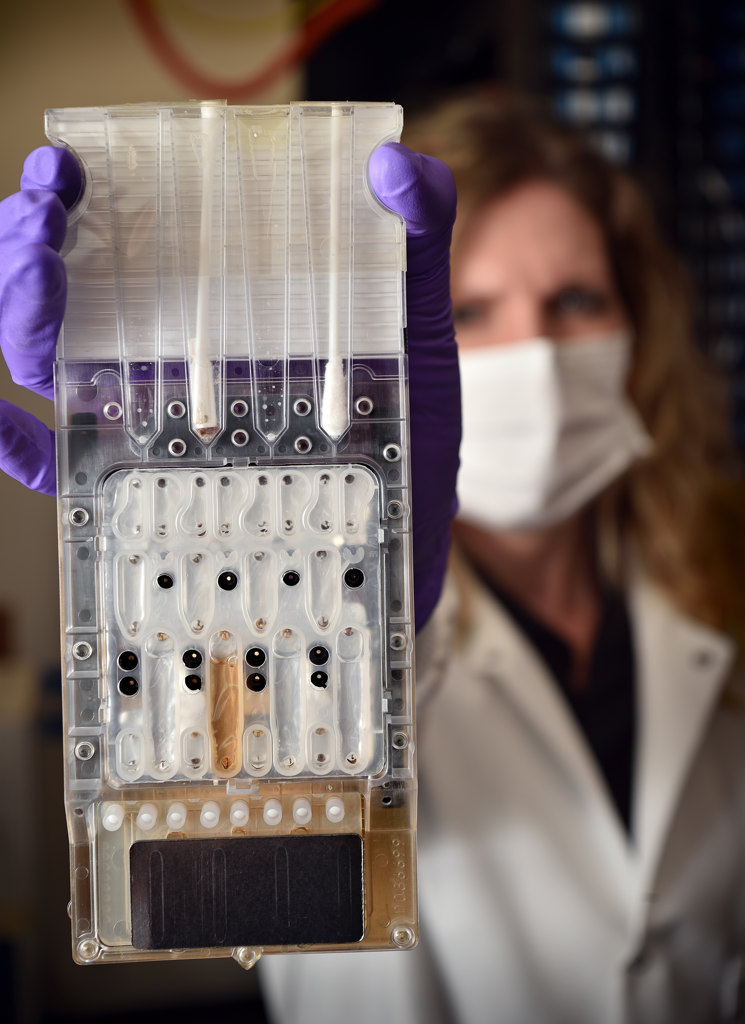On April 24, 2018, Joseph James DeAngelo was arrested and identified as the Golden State Killer, a serial killer, rapist and burglar who committed at least 13 murders and more than 50 rapes from 1974 to 1986. He was identified through the genealogy website GEDmatch.
On January 10, 2019, Kevin Konther was arrested for the 1995 rape of a 9-year-old girl in Lake Forest, CA, and the 1998 rape of a female jogger in Mission Viejo, CA. He was identified using the same DNA technology, with officials comparing DNA to that in a public genealogy database.
Just this week, an arrest was announced in the 1973 murder of 11-year-old Linda Ann O’Keefe. News accounts report that genealogical databases played a part in the arrest of James Alan Neal, now 72. It took over 45 years, but justice was served because someone contributed their DNA profile to a public database.
Across the country, horrific cases of murder and sexual assault are being solved by the use of public databases containing DNA profiles submitted by those interested in tracing their genealogical roots. While the databases were never intended to be used for such a purpose, they have proven to be valuable tools for investigators.
You would think most people would be happy to see justice served in these cases. But that’s not the case. Privacy rights advocates see this as a huge intrusion by Big Brother. Apparently, their concerns are more important than justice.
How do you tell the family of a child who has been raped that privacy issues are more important than justice? How do you look into a mother’s face and tell her you can’t solve her daughter’s murder because some people are concerned that searching DNA profiles is an invasion of their privacy?
What are the concerns? Well, your DNA could keep you from getting medical insurance or a job based on certain genetic profiles. Has that ever happened? No. Is it legal? Probably not.
Your DNA could inadvertently be used to snitch on a relative without your knowledge. Sorry, but if my cousin raped or murdered someone, I’d be the first to turn him in.
Is there a potential for misuse? Without protocols and guidelines I’m sure there is. Apparently in China the government is collecting DNA from minority Muslim Uighurs, the purpose of which is not yet clear.
Then there is the question of the threshold for using the databases. Should the database only be used for murders and sexual assaults? Other serious crimes could also be solved through tracking of familial DNA.
In 1986, two young girls were raped and murdered in a small village in England. That case was the first use of DNA to track down a criminal suspect. Due to the small number of people in the area, the police asked for volunteers to submit their DNA for comparison. Over 5,000 men volunteered their DNA in this effort to track down the killer.
Colin Pitchfork asked a friend to give blood in his name. Someone found out about the ruse and told the police. Pitchfork’s DNA was submitted and there was a match. The first case solved with DNA was a success.
The interesting part of this case was the over 5,000 men who felt compelled to help find the killer. They willingly gave their DNA in hopes of tracking down the culprit.
Today, I willingly uploaded my DNA profile to GEDmatch.com. Why? Because in 30 years of police work, I’ve seen the pain and suffering of family members touched by unspeakable horror. A part of me screams for justice to be served. If I can do my part I will do so willingly.
Are there risks? Maybe, but none seem valid enough to compel me to allow a potential killer or rapist continue to walk the streets and prey on innocents. So I will do my part and while I pray no one in my familial tree is a serial killer, I have no problem whatsoever if they are arrested because of me. In fact, I will be kind of thrilled.
Joe is a retired police captain. You can reach him at jvargas@behindthebadgeoc.com.
 Behind the Badge
Behind the Badge




